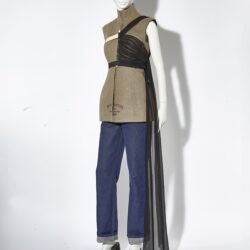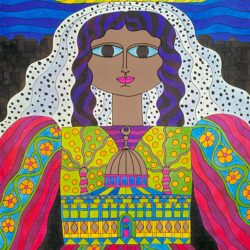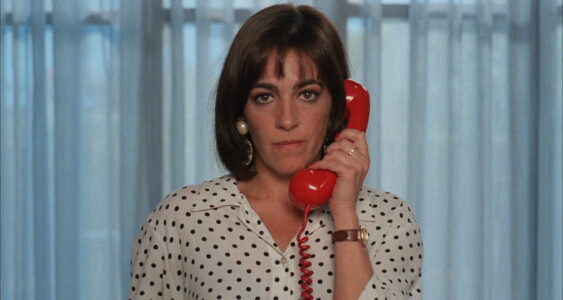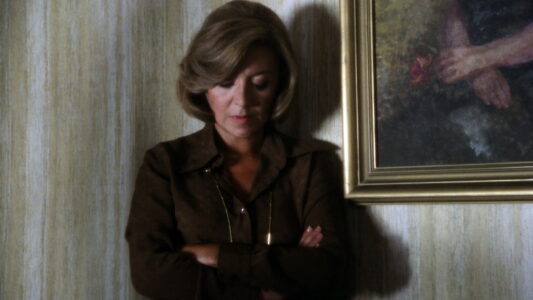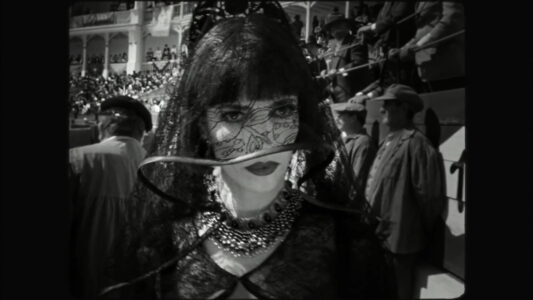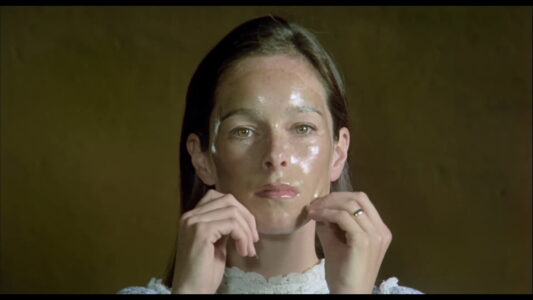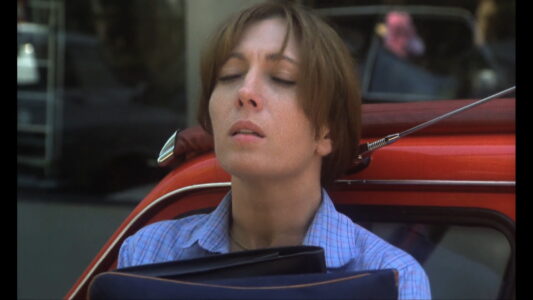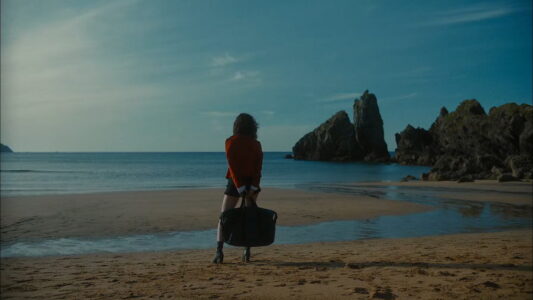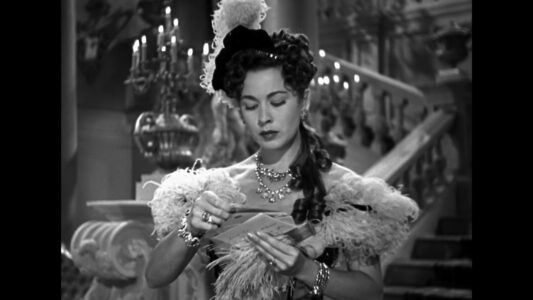RESOLUCIÓN: On lifetime decisions in Spanish cinema

In conjunction with EUROPALIA ESPAÑA, MoMu explores the history of Spanish cinema, seen through its divas, actresses, and iconic female characters who have shaped its filmography.
Visitor information
Visitor information
Description of the exhibition
RESOLUCIÓN – a word that in Spanish is feminine and means "something that is decided" – is an audiovisual installation that reinterprets the history of Spanish cinema through its iconic actresses and some of the characters they portrayed. Taking its cue from Serge Daney’s quote, “The body of the actor spans all cinema; it is its true history,” RESOLUCIÓN is a meticulous cataloging of gestures that reveals resonances between different eras and explores how clothing and styling reflect pivotal moments in women’s lives.
Dig deeper
The decisions made by the protagonists in RESOLUCIÓN take many forms: changing their lives, leaving home, seeking revenge, accepting their destiny... In every case, these are women facing crucial moments of transformation — transitional instants that, on cinematic screen, become visible through recurring gestures and visual motifs, repeated and expanded through time, bringing together past and present female experiences. This intersection of national memory and film representation echoes Raymond Durgnat’s assertion that “the social history of a nation can be written in terms of its film stars.”
The installation — composed of clips from one hundred films spanning nine decades — offers an alternative history of Spanish cinema in which stars such as Aurora Bautista, Sara Montiel, Ángela Molina, Carmen Maura, Victoria Abril, Marisa Paredes, and Penélope Cruz (among many others) have embodied the profound and diverse transformations women in Spain have undergone over the past century.
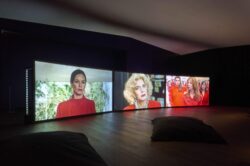
RESOLUCIÓN is both a tribute to the creative autonomy and iconic power of Spanish actresses and a celebration of the liberating, subversive potential of the performative gesture. It also shows how filmmakers, art directors, costume designers, and make-up and hairstyling artists have used clothing, makeup, and everyday objects to visually elevate the life-changing decisions that shape their protagonists’ existences.
This audiovisual installation has been produced by AECID on the basis of a research specifically carried out for EUROPALIA ESPAÑA.
Exhibition under the lead of
Guest curators: Beatriz Navas Valdés, Natalia Marín Sancho
Academic advisor: Maria Adell (University of Barcelona)
Editing: Diego López
Sound design: Pedro Portellano
Curator MoMu: Elisa De Wyngaert
Graphic design: Illias Mettioui
Production: Marie Vandecasteele
In collaboration with EGEDA
Campaign image: Still from La mujer sin piano, 2009, directed by Javier Rebollo © Javier Rebollo

